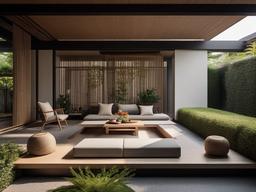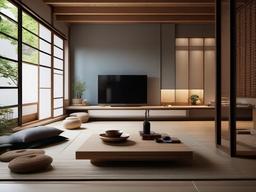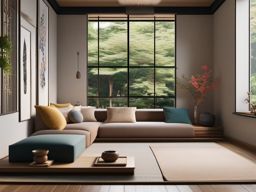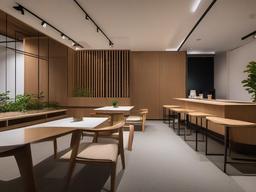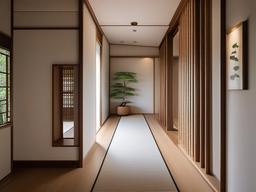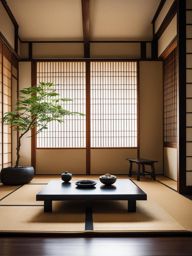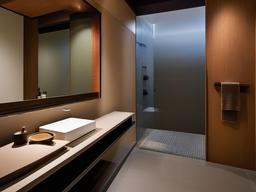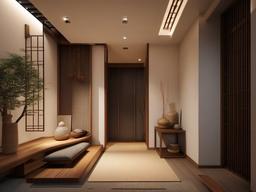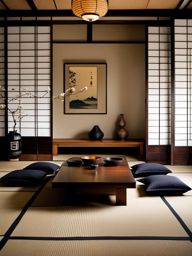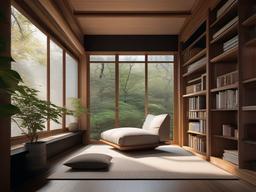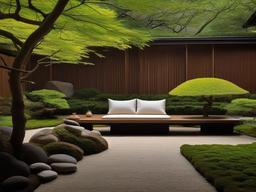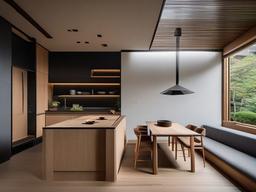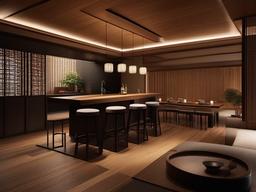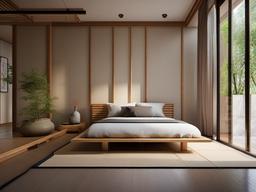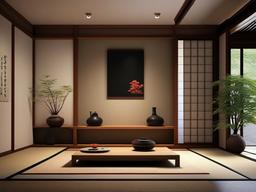Interior design decor ideas > japanese zen interior design style
Use Windy AI room design generator to assist in your room interior design and home decor. Generate ideas in over 40+ interior design styles.
Japanese Zen design embodies tranquility and simplicity, reflecting the principles of Zen Buddhism. This style emphasizes minimalism, natural materials, and a connection to nature, creating spaces that promote peace and mindfulness. Japanese Zen interiors often feature sliding doors, tatami mats, and open spaces that encourage a harmonious flow. The color palette is typically muted and earthy, contributing to a calming atmosphere.
Originating from ancient Japanese culture, Zen design is deeply rooted in Buddhist philosophy, which values simplicity, meditation, and harmony with nature. The style evolved over centuries, integrating traditional Japanese aesthetics with modern influences. It emphasizes the importance of natural light, open spaces, and the beauty of simplicity, creating an environment that fosters relaxation and introspection.
To achieve a Japanese Zen interior, prioritize minimalism and natural materials like wood, stone, and bamboo. Use neutral colors and simple, uncluttered furniture to create a serene atmosphere. Incorporate elements such as shoji screens, tatami mats, and low furniture to enhance the feeling of openness. Add plants or a small rock garden to bring nature indoors, and consider using natural light to illuminate the space.
Japanese Zen furniture is often low to the ground, featuring simple designs made from natural materials like wood and bamboo. Accessories include minimalist decor, such as calligraphy art or simple pottery. Decorative items often consist of Zen gardens, small water features, and natural elements like stones and plants. Lighting is soft and natural, often using paper lanterns or simple wooden fixtures to create a warm, inviting ambiance.
Originating from ancient Japanese culture, Zen design is deeply rooted in Buddhist philosophy, which values simplicity, meditation, and harmony with nature. The style evolved over centuries, integrating traditional Japanese aesthetics with modern influences. It emphasizes the importance of natural light, open spaces, and the beauty of simplicity, creating an environment that fosters relaxation and introspection.
To achieve a Japanese Zen interior, prioritize minimalism and natural materials like wood, stone, and bamboo. Use neutral colors and simple, uncluttered furniture to create a serene atmosphere. Incorporate elements such as shoji screens, tatami mats, and low furniture to enhance the feeling of openness. Add plants or a small rock garden to bring nature indoors, and consider using natural light to illuminate the space.
Japanese Zen furniture is often low to the ground, featuring simple designs made from natural materials like wood and bamboo. Accessories include minimalist decor, such as calligraphy art or simple pottery. Decorative items often consist of Zen gardens, small water features, and natural elements like stones and plants. Lighting is soft and natural, often using paper lanterns or simple wooden fixtures to create a warm, inviting ambiance.

